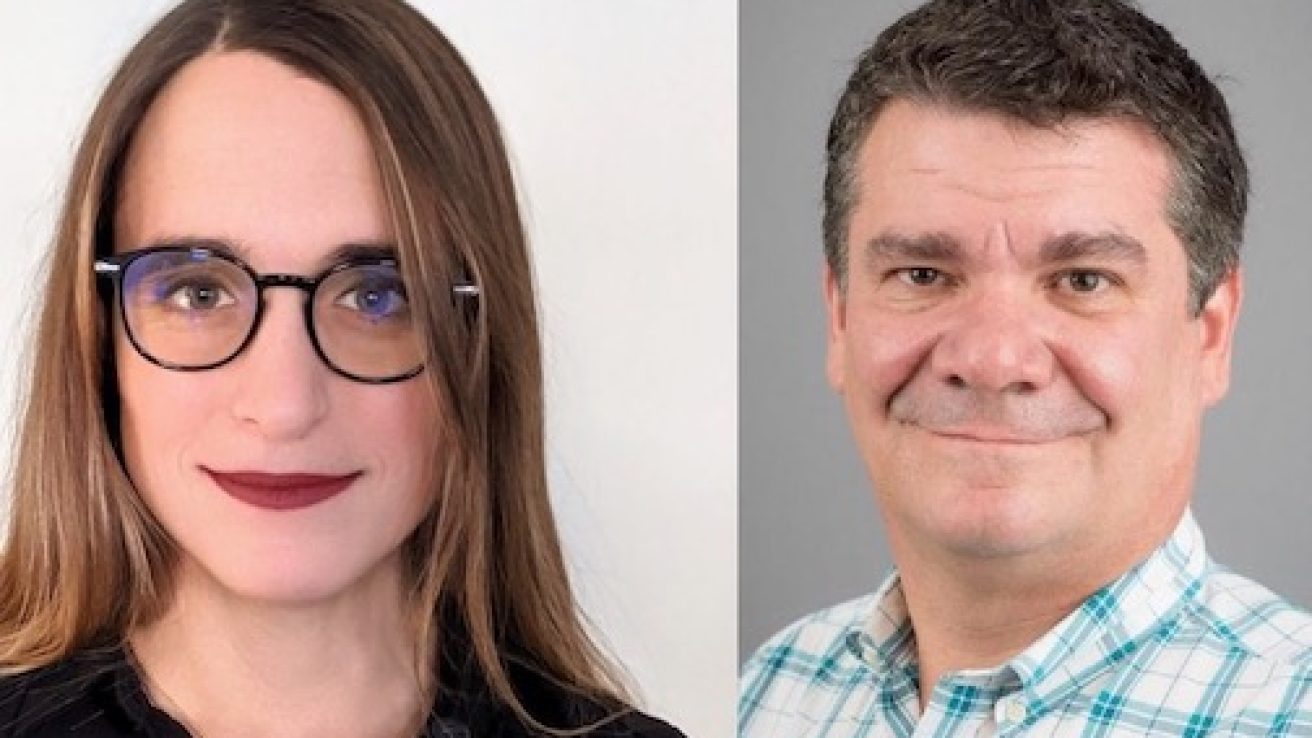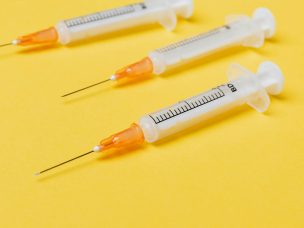In this MD Newsline exclusive interview with psychiatric nurse practitioner Dallas Ducar and pediatrician Dr. Andrew Cronyn, we discuss primary care and LGBTQ+ healthcare challenges and disparities in the wake of the COVID-19 pandemic.
MD Newsline:
What are the biggest challenges that primary care physicians are tasked with in the wake of COVID-19?
Dr. Andrew Cronyn:
“Healthcare is never going to be the same again. We have seen a massive change in our industry. We went from seeing all of our patients in the office to seeing patients virtually and learning how to do that. We’re learning to accommodate patients with lab work to have them come into the office less often, as appropriate.
We’ve also had to overcome our fears because many healthcare providers ended up getting really sick and dying from COVID-19. It’s been scary, especially given how the pandemic was handled in the U.S. We were losing ourselves, our families, and our patients. And now, we’re trying to go back to something that’s normal. I don’t think we know what that is yet.
I think as healthcare professionals, we need to decide what are our minimum requirements to keep ourselves and our patients safe and provide good care because we’ve gone below those minimums in so many areas. We need to push back and say, ‘you know what, me seeing 30 patients a day is not doing anyone any good.’ Moreover, having trainees get rushed through their educations is not doing anyone any good.
I know some people have said we’ve already lost the fight to the insurance companies and the middle management of medicine, but the truth is we haven’t already lost. As long as we exist, we can do this. We need to use COVID-19 as our chance to push back.”
Dallas Ducar:
“I completely agree. I look at this issue from an economic lens. When we look at recessions throughout history, we see companies become more ‘lean.’ There are lots of layoffs because now the political atmosphere allows for them. What that really means is a bunch of people are losing their jobs and their health insurance. And the company makes the remaining employees work harder and longer hours to maximize profitability.
That’s not what healthcare should be about, but, unfortunately, I think we are seeing this trend during the pandemic. We’re seeing healthcare organizations trying to maximize labor from nurses, physicians, and residents and trying to get more hours out of them. It becomes a profitability game, which should not be allowed in healthcare and will not be allowed in healthcare.
I also see a lot of hope. I see patient-centered hope. As much as I detested the last administration, we did see Seema Verma rescind some regulations around telehealth and CMS (Centers for Medicare and Medicaid Services) requirements. We did see some regulations fall away, specifically around telehealth with executive orders. I want to keep that telehealth access, especially for rural settings.
It is so important for folks who otherwise would have to take a day off from work. Voice-only telehealth is especially important for our older patients who don’t know how to use Zoom, and they might only be able to see a primary care provider through their phone by calling them. Right?
These are areas that we really need to protect. Healthcare organizations, hospitals, clinics, etc., have a duty to protect their providers. You are the best provider when you’re able to take care of yourself and show up fully. Right? That means being authentic, being cared for, having the time to take care of yourself, having the time to bounce ideas off of colleagues, and really working as an interdisciplinary team.
We need to have a healthcare system that respects and honors provider self-care and achieves greater patient access post-COVID-19. With this new administration, I think we’re going to see a lot of additional access points for federally qualified health centers. I think we’re going to see additional funding in general for healthcare.
And I think there’s going to be increased political momentum—given how many people have lost their jobs and their health insurance—for something that more closely resembles a shored-up ACA (Affordable Care Act) or even a single-payer system.”
MD Newsline:
Do you think LGBTQ+ health disparities have worsened during the COVID-19 pandemic?
Dallas Ducar:
“How would we know? The CDC (Centers for Disease Control and Prevention) does not track sexual orientation and gender identity data when it comes to COVID-19. We don’t have a lot of data on the health disparities of the queer population from federally-funded sources. We just don’t have data on how LGBTQ+ folks have been affected by the pandemic. These folks face so many disparities, and I imagine these disparities are only going to be amplified by COVID-19.
We know that LGBTQ+ folks, in general, don’t have primary care providers. If you’re not getting routine healthcare maintenance, you’re probably not going to be as likely to get help if you have COVID-19 or are suffering long-lasting effects from COVID-19. You might have chronic conditions that develop that aren’t managed. And there’s less of an access point to get a vaccine. We don’t track this data, but I bet LGBTQ+ folks are less likely to get vaccinated too, not because they don’t want to get vaccinated, but because they don’t have the access.”
Dr. Andrew Cronyn:
“In pediatrics, I’ve noticed two predominant disparities among my LGBTQ+ patients during the COVID-19 pandemic. One, for the kids that aren’t in LGBTQ-supportive environments at home, they’ve been in that environment 24/7 for the past year because they’re not going to school, they’re not going to their after-school programs, and hanging out with the other kids who call them the name that they use and affirm their gender with their pronouns, and help them dye their hair purple, etc.
In general, with youth, we’ve seen huge increases in mental health issues during COVID-19, and I think LGBTQ+ youth have been affected a lot as well. The other thing that I find even sadder is the number of trans youth I take care of that did better during the pandemic because they were at home around parents who affirmed and protected them, whereas they were being bullied when they were in school.
It has been amazing to me the number of kids who come in and say, ‘oh, yeah, I’m getting straight As now,’ who were failing before because they don’t have to be scared. And I don’t know which is worse. Is it worse that things are worse when you’re stuck at home or is it worse that things are worse when you have to go to school? They’re both horrible, and it really shows the need for meeting and accepting our youth wherever they are, whether they’re at school or home.”
Dallas Ducar:
“And I think that’s one of the reasons why Transhealth Northampton exists. We exist to do that education in those school settings, to do that advocacy work, to let people know that gender diversity is a normal experience of human life, and to create community in case those perceptions take time to change, gender-diverse people still have a space for themselves here.”
Responses have been condensed and lightly edited.










